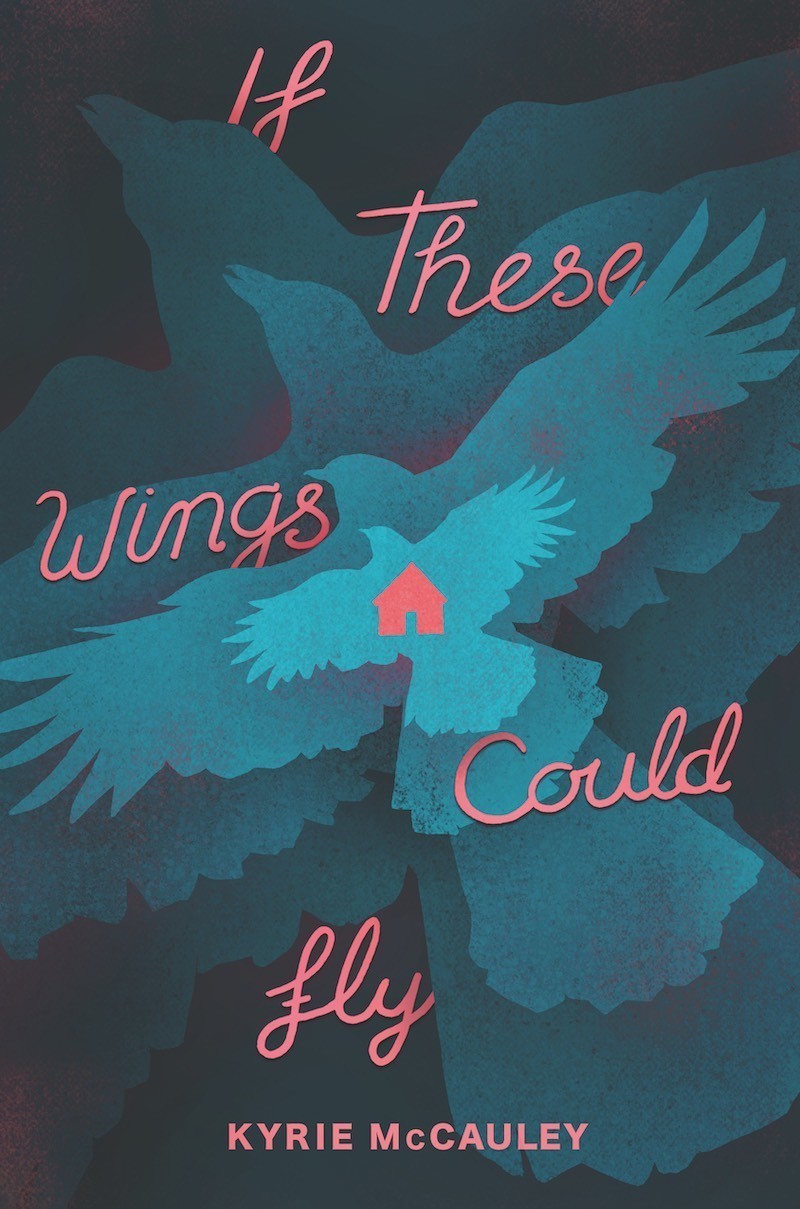Auburn, Pennsylvania — December 31
byAuburn, Pennsylvania, provides a rich and thought-provoking setting in Chapter 68, with the spotlight placed on the local environment, particularly the remarkable crow population. As of the latest count, the town is home to 97,361 crows, a number that continues to climb year after year. This growing population is not merely a statistic but also a reflection of the changing dynamics within the local ecosystem. The presence of such a large number of crows suggests an ecological balance that is capable of sustaining a diverse range of wildlife. For Auburn, this significant increase in the crow population hints at broader environmental trends, serving as a symbol of both local habitat conditions and the complex relationships that exist within nature. The sheer volume of crows is not an isolated fact; rather, it invites reflection on how different species thrive in a shared space and what the growing presence of these birds means for the town’s ecosystem as a whole.
Crows, with their intelligence, adaptability, and complex social behaviors, serve as a fascinating lens through which to examine the ecological conditions of Auburn. Known for their ability to adjust to both natural and urban environments, crows have evolved to thrive in a variety of settings. Their increasing numbers could be a direct reflection of the environmental shifts taking place in Auburn, as changes in food availability, habitat conditions, and human activity all play a role in shaping the population dynamics. As omnivores, crows are highly adaptable, capable of foraging for food in both natural landscapes and urban settings, which positions them as ideal survivors in environments that may not be suitable for other species. The study of their population growth serves as a subtle indicator of the area’s ecological health, as it suggests that the environment can support a growing number of these resilient birds. At the same time, the presence of such a large avian population raises questions about how these changes impact other species and the natural balance of the environment.
The chapter also invites readers to consider the implications of this growing crow population within the context of Auburn’s small-town setting. With such a large number of crows inhabiting the area, it forces a conversation about how urban development and wildlife intersect. Auburn is not an isolated rural area; it is a town where human activity has inevitably shaped the environment. The crows’ thriving population may indicate the effectiveness of Auburn’s conservation efforts or highlight potential shifts in the balance of local ecosystems. The growing presence of these birds, while a sign of ecological resilience, also serves as a reminder of the consequences of urbanization, with species like crows adapting to increasingly human-dominated environments. This raises critical questions about biodiversity, as the community must navigate the challenges of maintaining a healthy, balanced ecosystem while accommodating both the wildlife that thrives within it and the people who call it home.
As the chapter unfolds, it continues to explore the complex relationship between urban development and wildlife in Auburn, setting the stage for larger discussions on conservation and the environmental future of small towns. The crow population, though fascinating and significant, is only one aspect of a much broader conversation about how humans interact with nature. The presence of these birds might serve as a symbol of the resilience of nature, but it also highlights the growing need for sustainable development practices that support both wildlife and human communities. Auburn, Pennsylvania, may seem like an ordinary town, but its ecosystem, filled with such an impressive crow population, is a reminder of the intricate and delicate balance that exists between nature and human society. The chapter ends with the reader contemplating the future of the town and its environment, recognizing that the challenges facing Auburn reflect broader issues of urbanization, conservation, and the ongoing interaction between humans and the natural world. Through the story of the crows, the chapter opens a window into the pressing environmental questions that shape not just Auburn but many other communities facing similar ecological challenges.

